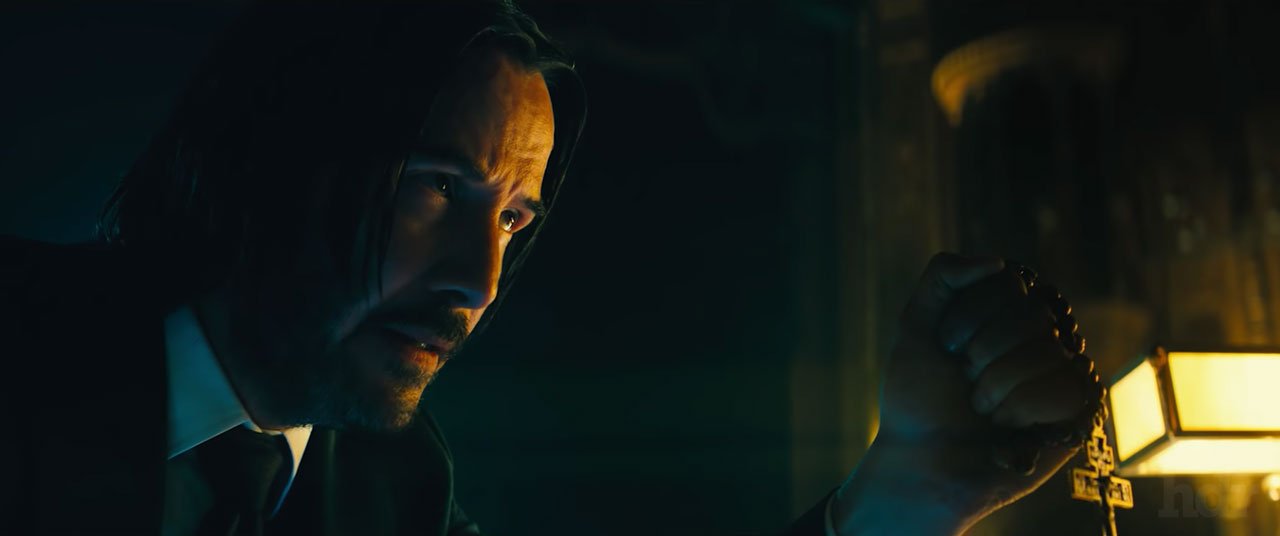
There are few things in gaming more annoying than that a game that features exploitative microtransactions.
The best example of this is certainly the incredibly controversial Star Wars Battlefront II. That is a $60 game – at least it was at the time of launch – that locks several pieces of highly requested content behind a paywall. Actually, it’s not even a simple matter of giving the developers more money to unlock the content you want. You instead have to give them money to unlock slot machine style loot boxes that offer a very slim chance of giving you the item you want. Oh, and it’s entirely possible that someone who is lucky – or rich – enough can actually earn upgrades and other items that make them objectively better at the game than you regardless of your individual skill levels.
Battlefront II wasn’t the first game to feature controversial microtransactions – not even close – but it was something of a turning point. Battlefront II was a major release that featured a microtransaction system that was not only clearly exploitative but seriously hindered a player’s ability to actually have fun with the game they purchased. It’s probably no coincidence, then, that the ESRB – a board that assigns content ratings to games in order to place them in recommended age groups – recently stepped in to say that they will finally label games that feature in-game purchase opportunities.
As you might imagine, the people are rejoicing at this news. Unfortunately, a look at what this label will be used for quickly reveals that it means absolutely nothing.
The official description of the label notes that it will be applied to “bonus levels, skins, surprise items (such as item packs, loot boxes, mystery awards), music, virtual coins and other forms of in-game currency, subscriptions, season passes and upgrades (e.g., to disable ads).” To put it another way, any game that offers players the chance to spend money beyond the initial purchase price could theoretically receive this label.
The problem with that is that quite a few modern major releases offer you the chance to spend money on them beyond their initial purchase price. Based on the wording of this message, games like NBA 2K18 and Battlefront II that heavily encourage you to regularly spend money in order to progress or gain an advantage and games like The Last of Us which offer a single, critically-acclaimed piece of DLC would all receive the exact same in-game purchase warning level.
In other words, applying this label now is like if the FDA decided to apply a label to all food products that contain calories.
So why are they even bothering to do this? According to the ESRB, this label is meant to catch the eyes of parents. The ESRB says that they don’t want to confuse parents with various types of labels considering that most parents have no idea what loot boxes are. So instead of trying to educate parents or identify truly harmful games, they’ve decided to take an approach that may impact games that aren’t exploitative if it even impacts any game at all.
This is the absolute least the ESRB can do to address an increasingly serious issue. Considering that the ESRB is part of a video game industry lobbyist group, that’s probably exactly what they wanted to accomplish.












